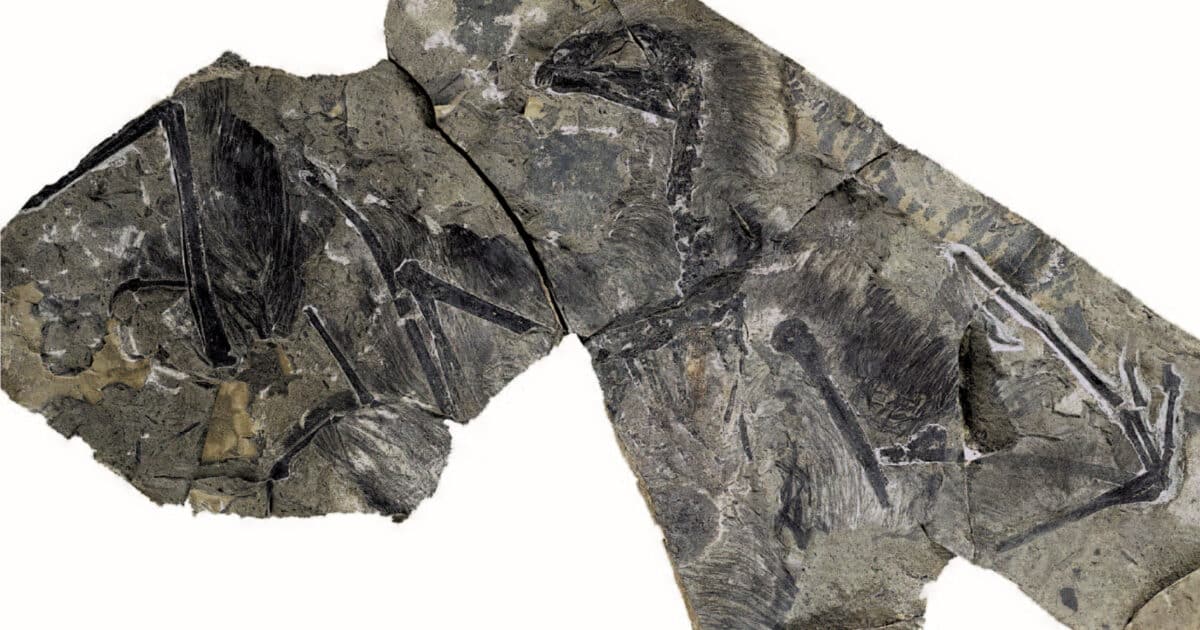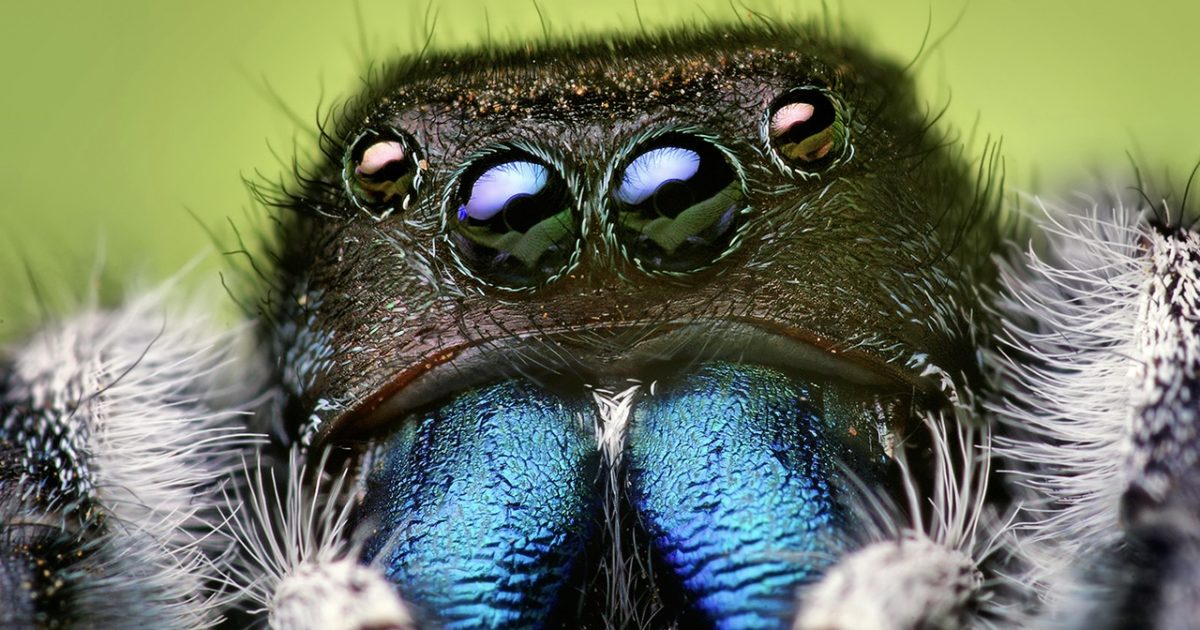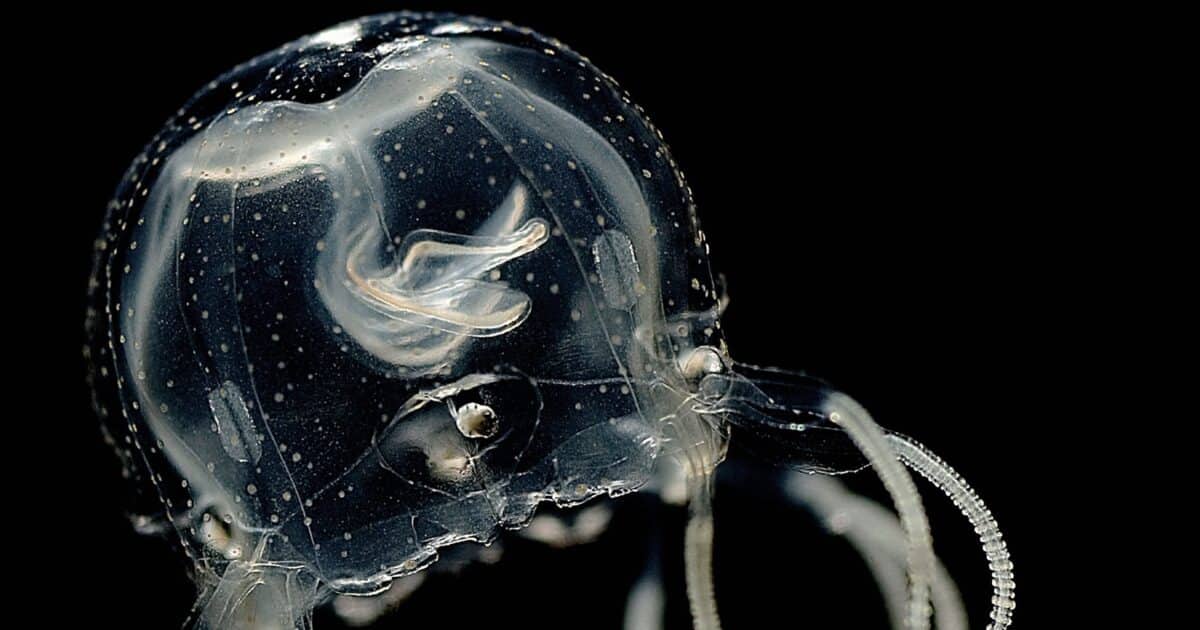
birds


Sleep — Designed for Our Good

The Sense of Hearing Is a Masterpiece of Engineering

When Did Humans Start Burying the Dead?

Chinks in the Chicxulub Story

Fossil Friday: A Popular Just-So Story on the Origin of Bird Flight Bites the Dust

Dreaming Animals and Human Exceptionalism

Can a Brainless Jellyfish Learn? How About Individual Cells? Do Molecules Communicate?

Ecosystems — A Tribute to Intelligent Design, or to Chance and Adaptation?






































